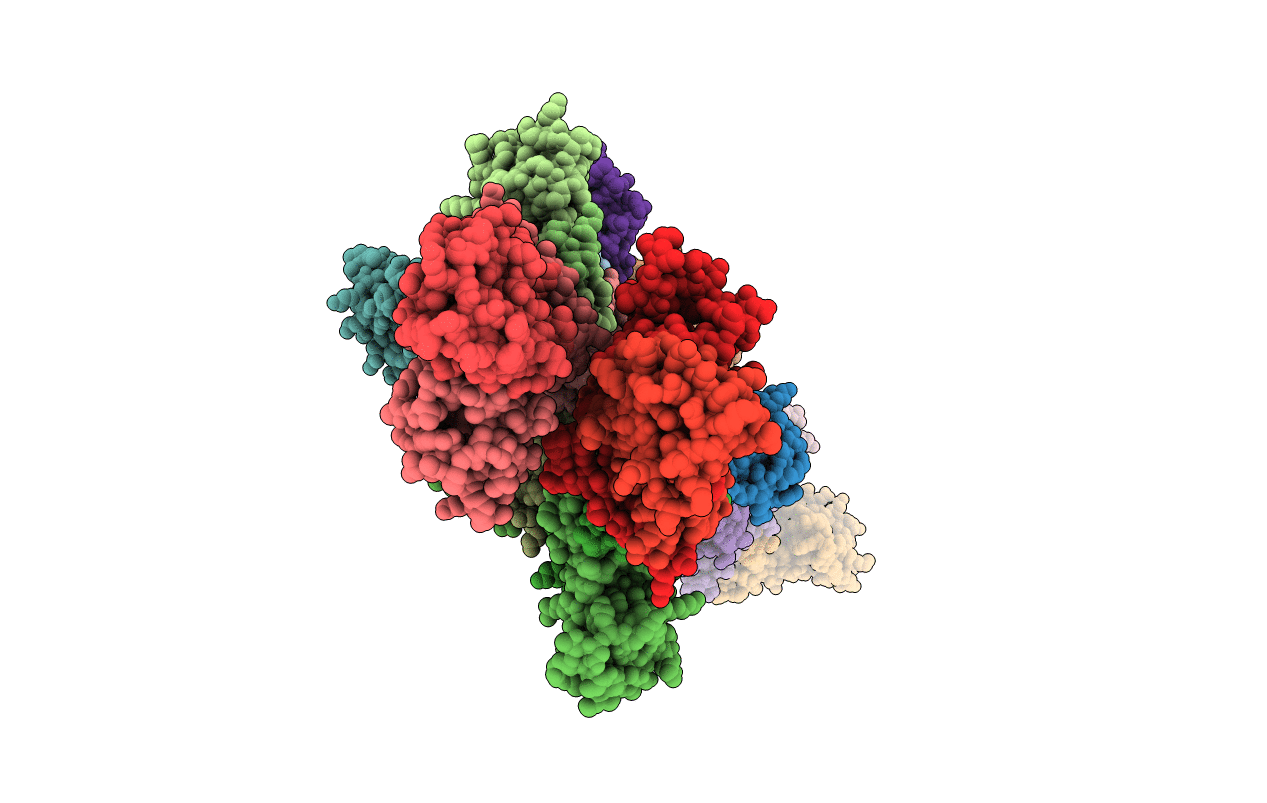
Deposition Date
2015-08-10
Release Date
2016-04-27
Last Version Date
2023-11-08
Entry Detail
PDB ID:
5D4Z
Keywords:
Title:
Crystal structure of Repressor from Salmonella-temperate phage
Biological Source:
Source Organism:
Salmonella phage SPC32H (Taxon ID: 1327941)
Host Organism:
Method Details:
Experimental Method:
Resolution:
2.98 Å
R-Value Free:
0.27
R-Value Work:
0.21
R-Value Observed:
0.21
Space Group:
P 1


